Overview
Cryotherapy treatment is a cosmetic technique that uses imaging guidance and liquid nitrogen to create intense cold, effectively freezing and destroying diseased tissue. Dermatologists primarily use cryotherapy to treat viral warts in older children and adults, seborrhoeic keratoses, actinic keratoses, molluscum contagiosum in adults, skin tags, and milia.
Warts can be removed quickly and efficiently through cryotherapy treatments, such as Cryoslush, which not only eliminate warts but also contribute to healthier skin. With our safe and effective cryotherapy method, you can say goodbye to warts and enjoy smoother, clearer skin. This procedure offers a reliable solution for various skin issues, providing visible results with minimal discomfort.
Types Of Cryotherapy Treatment
The choice of cryotherapy treatment depends on the skin concern, desired results, and individual skin type. There are various types of cryotherapy treatments, each differing in application method and temperature intensity:
| Cryotherapy Type | Area Treated | Conditions Treated | Probable Downtime |
|---|---|---|---|
| Liquid Nitrogen Cryotherapy | Hands, face, scalp, arms, legs | Warts, actinic keratoses, superficial skin cancers | About 4-7 days for healing. |
| Cryosurgery | Face, neck, hands, trunk | Face, neck, hands, trunk | About 7-14 days for recovery. |
| Cryopeeling | Face, neck, chest | Acne, sun damage, superficial wrinkles | Minimal downtime, slight redness. |
Fantastic Results Of Cryotherapy
Cryotherapy treatment delivers visible improvements in patients, as shown in the before-and-after images. The therapy’s targeted cold exposure can reduce inflammation, tighten skin, and enhance circulation, resulting in smoother, rejuvenated skin textures. These images demonstrate the effectiveness of cryotherapy in achieving noticeable cosmetic benefits for patients undergoing the treatment.
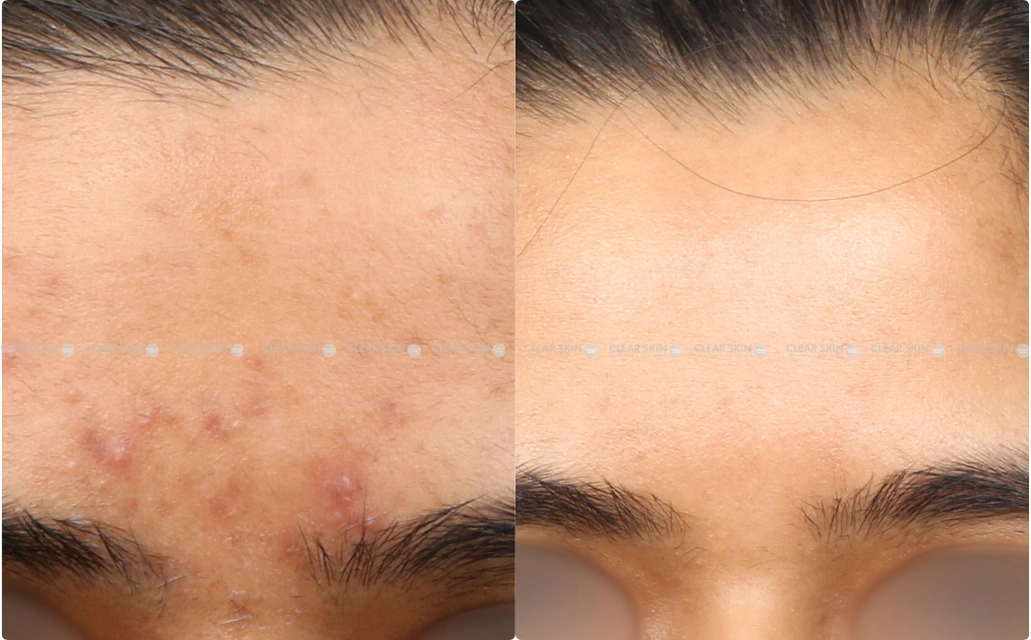
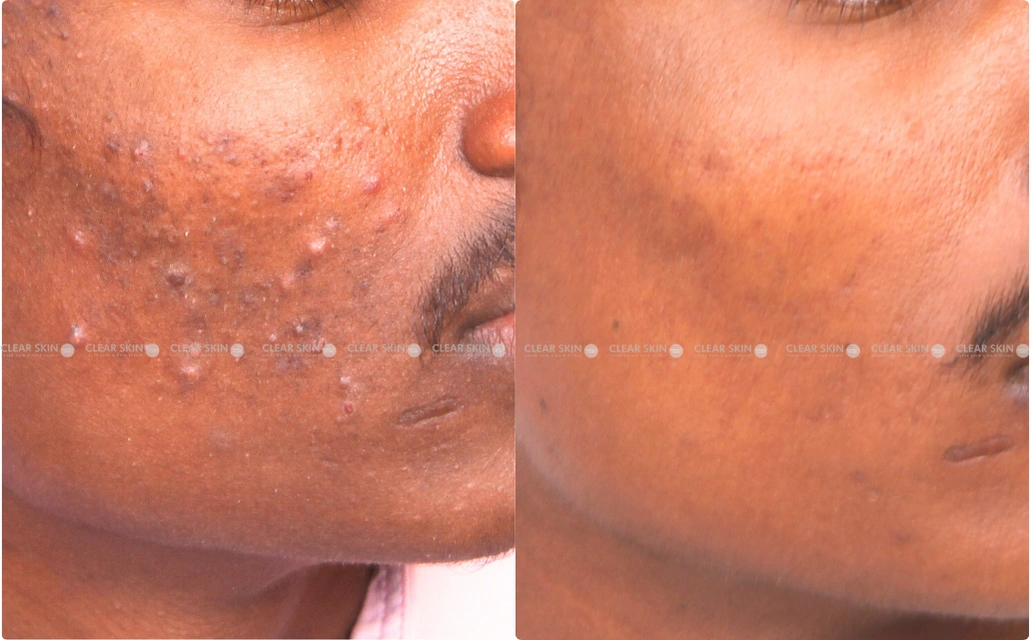
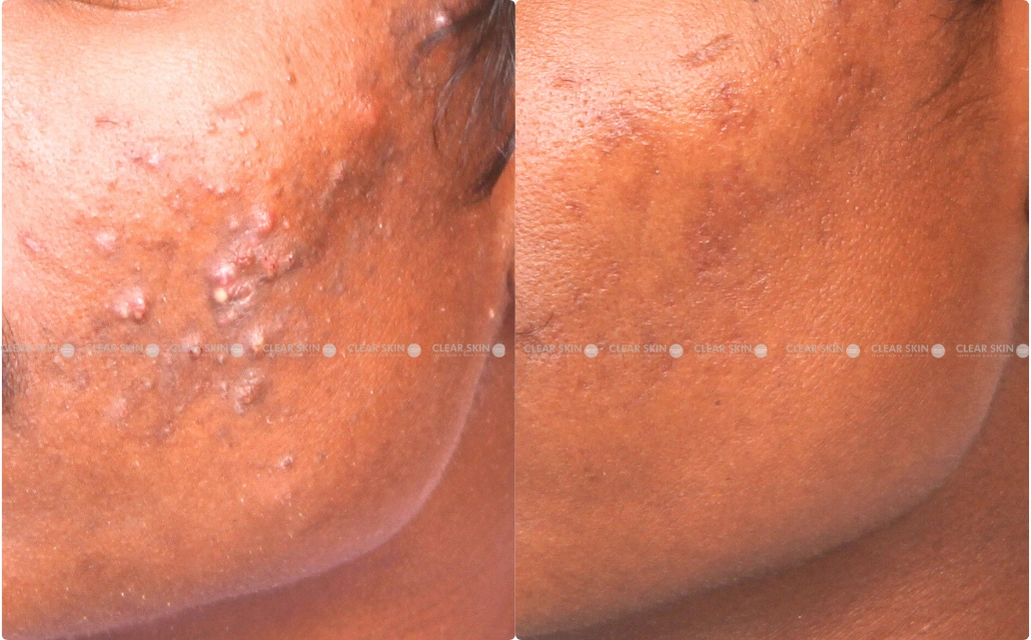
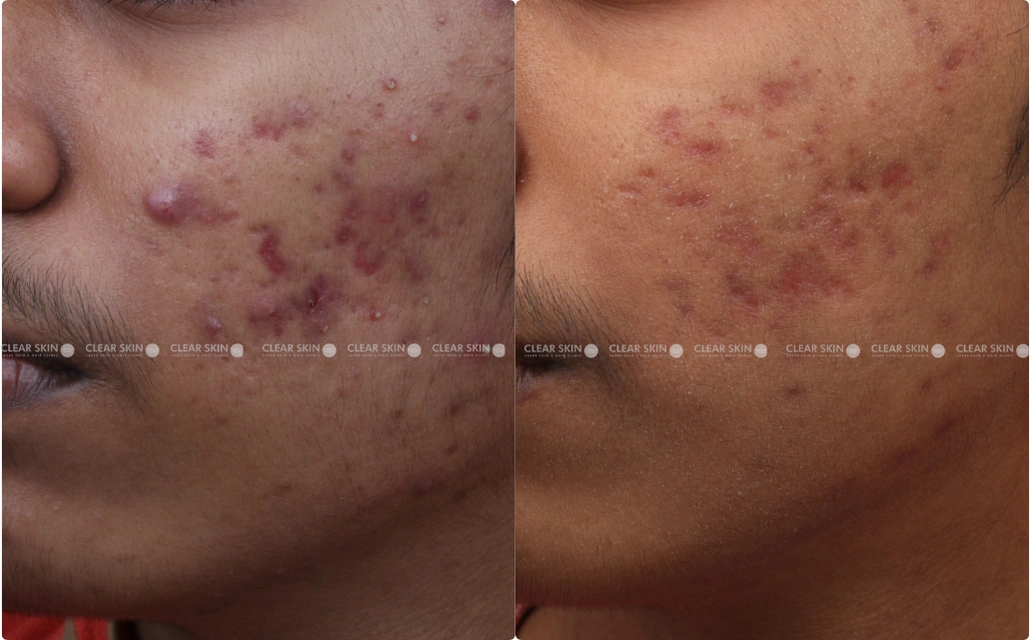
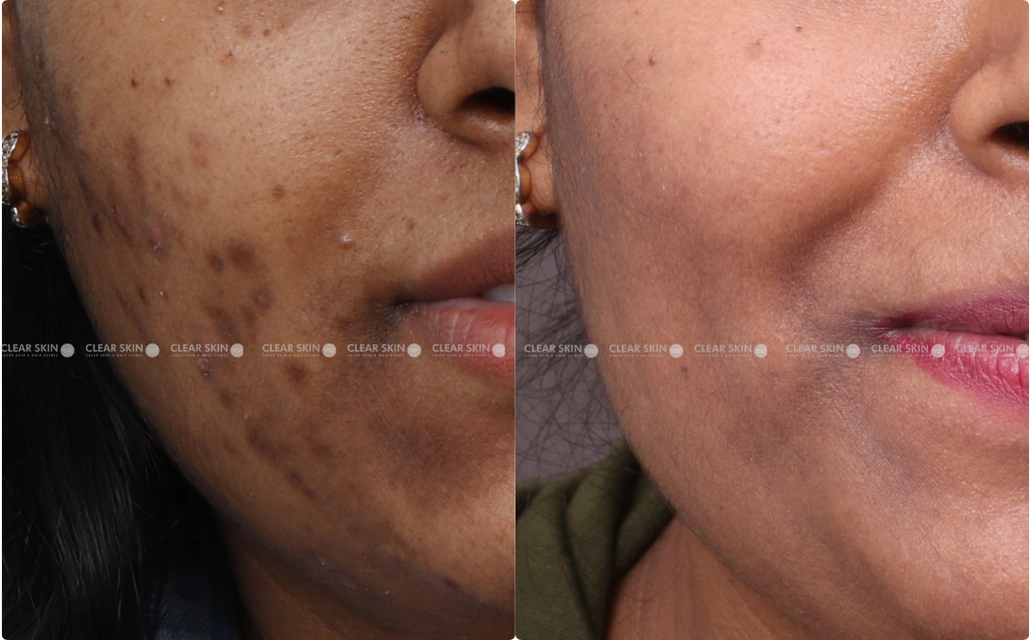
Successfully Treating Skincare Issues Over 34+ Years, with Thousands of Happy Patients.
(You are one click away from flawless skin)
Cost Of Cryotherapy In Pune
The cost of cryotherapy treatment in Pune typically ranges between INR 1,200 to INR 3,000 per session, depending on the provider and specific treatment area. Prices may vary based on the type of cryotherapy (whole-body or localized), duration of session, and additional services offered by the clinic or spa.
| Condition | Min. Cost Per Session | Max. Cost Per Session | Avg. Cost At Clearskin |
|---|---|---|---|
| Acne | Rs. 1200 | Rs. 3000 | Rs. 1500 |
Get Free Cost Estimate For Cryotherapy Treatment
Send your photos and get the tentative cost of treatment at Clearskin
Process Of Cryotherapy
Patient’s Guide To Cryoslush Treatment
All you need to know

Cryoslush treatment uses therapeutic technique involving the application of cold slush to soothe and reduce inflammation in targeted areas of the skin.
Steps Involved
1 Preparation
The doctor prepares with sterilized gloves and a mask to ensure a sterile environment.
2 Liquid Nitrogen Application
Liquid nitrogen is applied to the lesion using a specialized applicator for a specific duration.
3 Freezing Process
The lesion is frozen for 5 to 20 seconds based on its thickness and depth.
4 Freeze/Thaw Cycles
Multiple cycles of freezing and thawing may be performed for thicker lesions like warts.
5 Cryoslush Technique
Keratolytic agents are applied before cryotherapy to enhance treatment effectiveness.
6 Post-Treatment Care
Follow-up care instructions are provided to manage potential blistering, swelling, and prevent infection for proper healing.
The process of a Cryotherapy Treatment involves several key steps:
Sterilization and Safety: The doctor will wear sterilized gloves and a mask to maintain a sterile environment and prevent any infection.
Application of Liquid Nitrogen: Liquid nitrogen is carefully applied to the lesion for a few seconds. The duration of application depends on the required diameter and depth of the freeze needed for effective treatment.
Freeze Time: The freeze time varies from around five seconds to 10 or 20 seconds, depending on the lesion’s thickness. Thicker lesions require longer freeze times to ensure thorough treatment.
Freeze/Thaw Cycles: For thicker lesions, such as seborrheic keratosis and warts, dermatologists prefer using more than one freeze/thaw cycle. This involves freezing the lesion, allowing it to thaw, and then freezing it again to enhance treatment effectiveness.
Cryoslush for Warts: For treating plantar warts and other warts, the Cryoslush technique involves removing superficial keratin using a scalpel blade. Alternatively, prior keratolytic treatment with agents like salicylic acid can improve the response to cryotherapy.
Preparation for Treatment: Removing the superficial keratin or applying keratolytic agents before cryotherapy helps in better penetration and efficacy of the liquid nitrogen, particularly in treating thicker or more resistant warts.
Post-Treatment Care: After the cryotherapy session, the treated area may blister or swell. It’s important to follow the dermatologist’s post-care instructions to ensure proper healing and prevent infection.
This detailed procedure outlines the steps and considerations involved in cryotherapy treatment, ensuring a thorough understanding of the process and its benefits for patients.
Post Procedure Care
After cryotherapy treatment, it’s essential to follow specific post-care instructions to ensure optimal healing. Initially, keep the treated area clean and dry. Avoid touching or picking at the blister that may form, as this can lead to infection. You can apply an antibiotic ointment if recommended by your dermatologist and cover the area with a sterile bandage to protect it.
In the days following the treatment, monitor the area for any signs of infection, such as increased redness, swelling, or pus. Protect the treated skin from sun exposure by using a high-SPF sunscreen. Avoid soaking the area in water, such as in baths or swimming pools, until it has fully healed. Following these steps will promote effective healing and reduce the risk of complications.
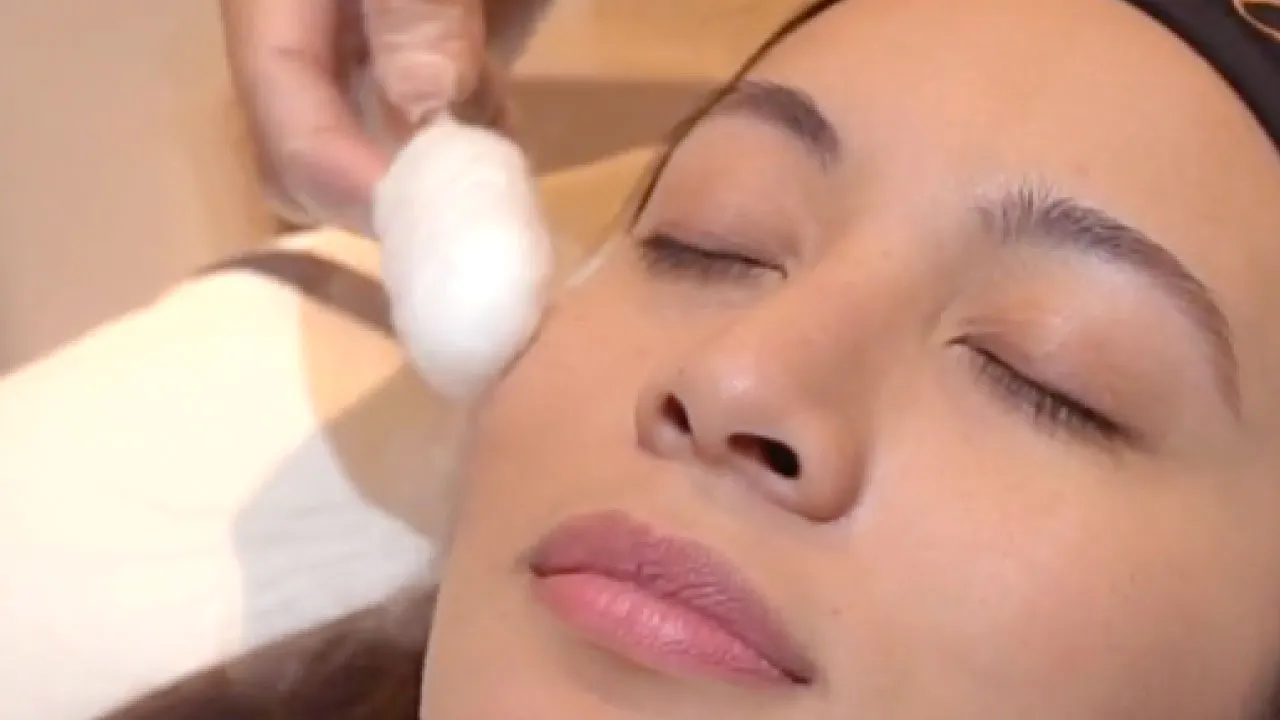
Probable Side Effects
Cryotherapy is generally safe, but it can cause some side effects, including:
Redness and Swelling: Treated areas often become red and swollen shortly after the procedure.
Blister Formation: Blisters may form at the treatment site, which is a normal part of the healing process.
Skin Sensitivity: Increased sensitivity or tenderness in the treated area is common.
Temporary Pain: Mild pain or discomfort can occur during and after the procedure.
Skin Pigmentation Changes: Hypopigmentation (lightening) or hyperpigmentation (darkening) of the skin may develop, especially in individuals with darker skin tones.
Infection Risk: Although rare, there’s a small risk of infection if the treated area is not properly cared for.
Scarring: Minor scarring can occur, particularly with deeper or repeated treatments.
These side effects are usually temporary and resolve as the skin heals. It’s important to follow post-care instructions provided by your dermatologist to minimize risks and ensure proper recovery. If severe or unusual side effects occur, consult your healthcare provider.
We Are Here To Answer Every Doubt You Have On Cryotherapy.
If you don’t find answer to your query, then please write down to us. We are always here to help you.
What is Cryoslush?
Cryoslush is a skin treatment that involves applying a cold mixture of carbon dioxide snow and acetone to the skin. It is used to exfoliate the skin, reduce inflammation, and improve various skin conditions.
How does Cryoslush work?
Cryoslush works by rapidly cooling the skin, which causes mild exfoliation and reduces inflammation. The cold temperature also helps to constrict blood vessels, which can reduce redness and swelling.
What conditions can Cryoslush treat?
Cryoslush is effective for treating conditions such as acne, rosacea, warts, and superficial skin lesions. It can also help to improve the overall texture and tone of the skin.
What are the benefits of Cryoslush?
The benefits of Cryoslush include Reduced inflammation and redness, Improved skin texture and tone, Exfoliation of dead skin cells, Quick treatment with minimal downtime.
Is Cryoslush safe?
Cryoslush is generally safe when performed by a trained professional. However, it is important to follow post-treatment care instructions to avoid any potential side effects such as frostbite or excessive skin irritation.
What should I expect during a Cryoslush treatment?
During a Cryoslush treatment, the practitioner will apply a mixture of carbon dioxide snow and acetone to your skin using a gauze or cotton pad. The treatment may cause a mild stinging or tingling sensation, but it is typically well-tolerated.
How long does a Cryoslush treatment take?
A Cryoslush treatment typically takes about 10-15 minutes, making it a quick and convenient option for skin care.
What is the recovery like after Cryoslush?
Recovery after Cryoslush is usually minimal. You may experience some redness or mild irritation immediately after the treatment, but this typically subsides within a few hours. It is important to avoid sun exposure and follow any specific aftercare instructions provided by your practitioner.
How many Cryoslush sessions are needed?
The number of sessions needed depends on the skin condition being treated and the desired results. Some people may see improvement after a single session, while others may require multiple treatments spaced a few weeks apart.
Who is a suitable candidate for Cryoslush?
Suitable candidates for Cryoslush include individuals looking to treat acne, rosacea, warts, or other superficial skin conditions. It is also suitable for those seeking to improve their overall skin texture and tone. A consultation with a skincare professional is recommended to determine if Cryoslush is right for you.
